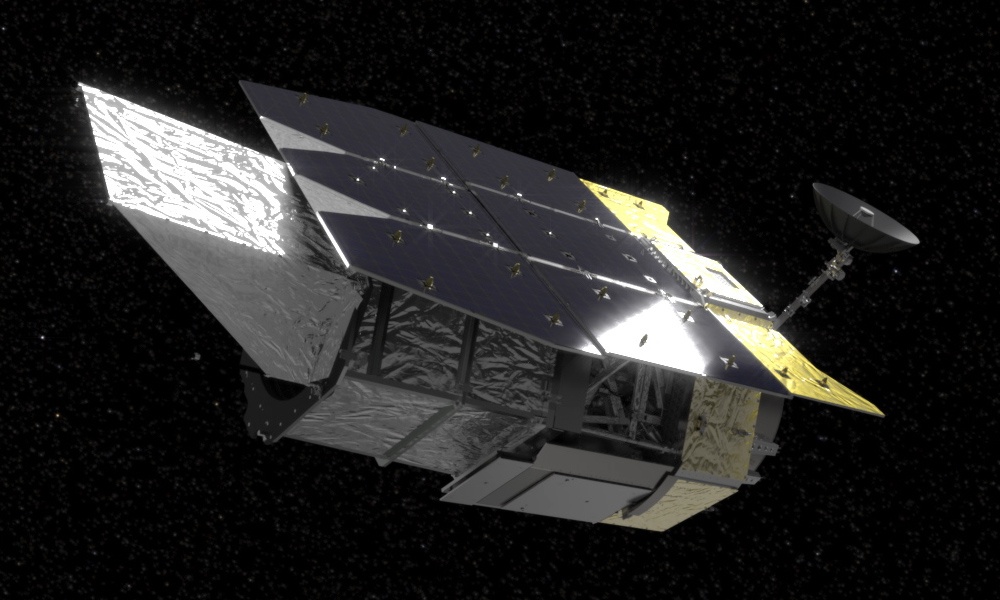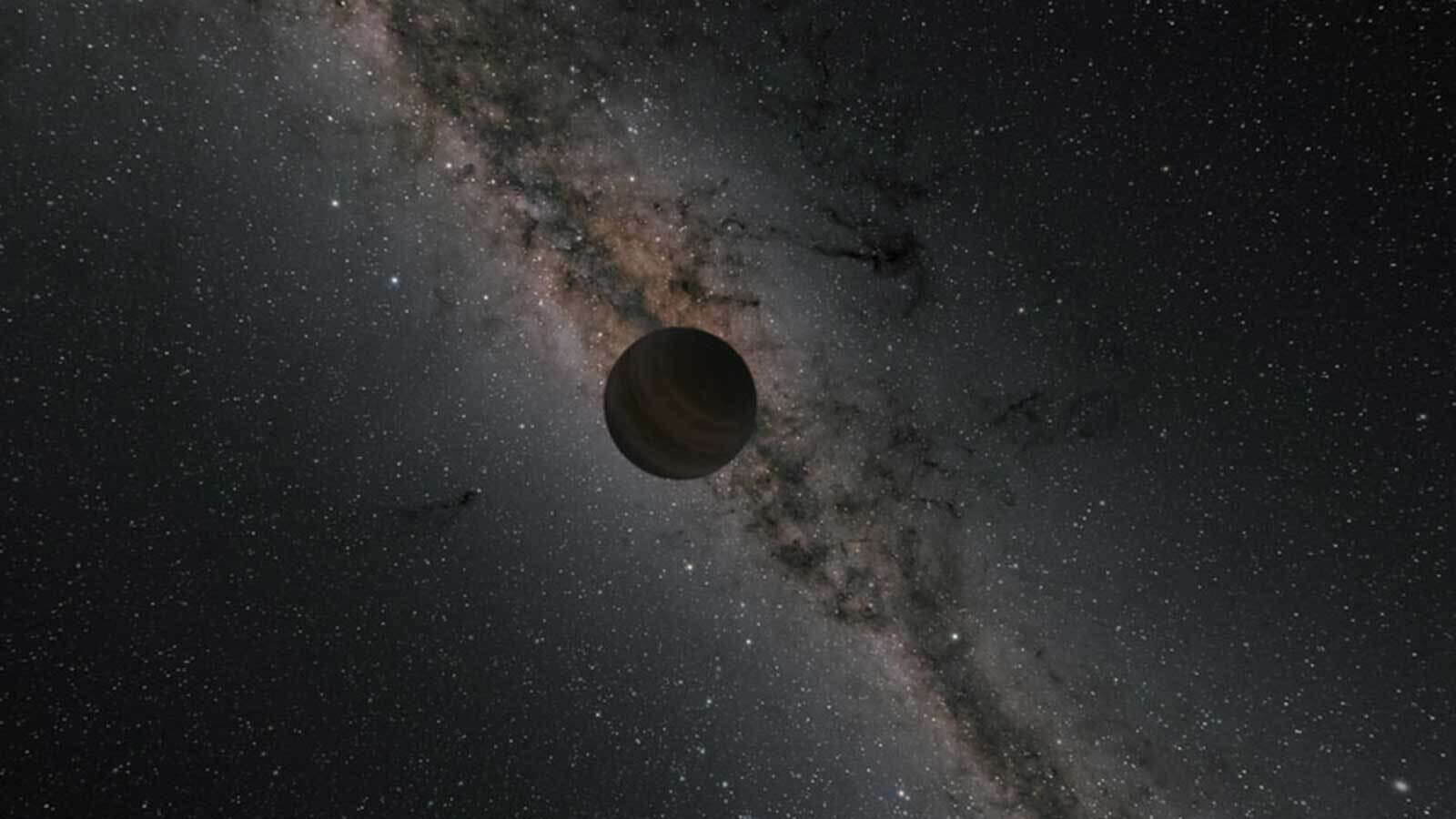Rogue planets are notoriously hard to detect, unless you’re the Jedi in an Extended Universe novel. So far we have only been able to discover a handful, but estimates range from a few billion to a trillion solitary planets floating through the galaxy. NASA hopes to dramatically increase the number we’ve detected, and thereby better our estimates of how many there actually are, with the launch of the Nancy Grace Roman Space Telescope (formerly called the Wide Field Infrared Survey Telescope, or WFIRST).
The telescope is named after the “Mother of Hubble” and first female NASA executive, rather than the outspoken TV personality. Following in Dr. Roman’s footsteps, the new infrared telescope hopes to catalogue as many rogue planets as it possibly can. It will do so by using a technique that has been extremely difficult up until now. According to a new paper published by researchers at Ohio State, it will be able to use this technique to detect up to 250 new rogue planets, with masses down to the size of Mars. It should be able to provide estimates of rogue planet counts that are 10 times better than our current estimates.

The technique itself is called microlensing, and has been used to find novel exoplanets since 2004. In this technique, astronomers use a fun feature of relativity. Mass warps the fabric of space-time, and observatories can detect that warping. While normally thought of in terms of massive objects like black holes or galaxies, an individual planet actually has enough mass to cause a detectable amount of space-time warp.
The Roman telescope, which operates in the infrared, won’t be able to detect the planets causing this warping directly as heat they emit will likely be too low for even it’s ultrasensitive sensors to pick up. However, it will be able to detect any that happen to pass in front of a star.
Credit: NASA
Similarly to how exoplanets are found by watching for a slight dip in their star’s brightness as they pass in front of it, astronomers can watch for warping of the star’s light as a rogue planet passes in front of it. These passes might be as short as a few hours, or as long as a few days, and will only happen once, unlike traditional planets whose orbit will take them in front of their star repeatedly. But the Roman Space Telescope should be able to detect these rapid transits even with fleeting glimpses of them.
There are still a lot of questions about rogue planets and planetary formation that even those brief transits should be able to tell us. The best theory we currently have of rogue planet formation is that they are forced out of their solar orbits by extremely large impacts early in their formative years. If astronomers can understand the effect those collisions have on early planetary formation they should be able to better understand how the evolution of early solar systems, and how likely that process is to form these types of planets.
Credit: NASA/JPL-Caltech/R. Hurt
Luckily, the Roman Space Telescope has a major advantage over other observatories that have attempted to collect this microlensing data in the past – it will be based in space. Ground-based efforts, such as the Microlensing Observations in Astrophysics project, are plagued by atmospheric disturbances which make it hard to separate the signal from the noise. Hopefully with that added advantage, it will live up to its namesake’s observational record when it launches in 2025.
Learn More:
NASA – Unveiling Rogue Planets With NASA’s Roman Space Telescope.
NASA – Gravitational Microlensing
UT – How Do Planets Go Rogue?
UT – New Rogue Planet Found Closest to our Solar System
CNN – Invisible Rogue Planets Without Stars? NASA’s New Space Telescope Could Find Hundred Of Them

